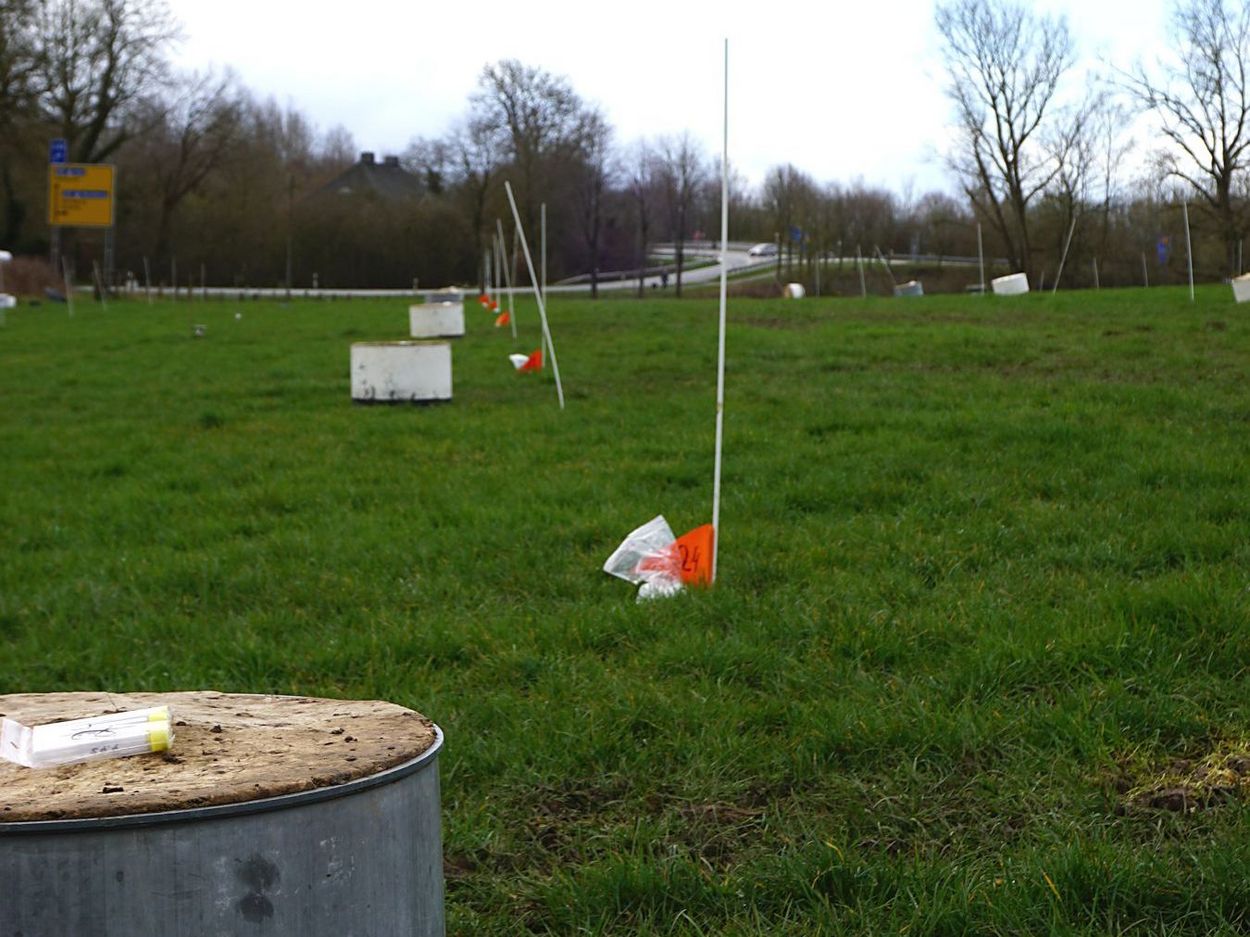In addition to NH3 emissions (Nyameasem et al. 2022) after slurry application, nitrous oxide emissions from different application techniques in grassland were also investigated. Slurry was applied by trailing shoe technique (with/without acidification) or by slot injection (with/without addition of a nitrification inhibitor). Over a 2-year period, nitrous oxide emissions were studied using manual chamber measurements. Across all years and sites, N2O emissions varied between 0.1 and 2.9 kg N ha/year. Although nitrous oxide emissions were highly variable in time and space, there were no differences among the application techniques studied. An expected increase in N2O emissions due to the use of slot injection was not confirmed. Also, benefits in terms of N efficiency and N2O mitigation by using the nitrification inhibitor were not found. In addition to the evaluation of emissions, the yield results of the study show that slurry injection in grassland is also possible without yield loss.
Scroll to top

![[Translate to English:] [Translate to English:]](/media/_processed_/6/4/csm_titel_CO2Kampagne8_afeea2273e.png)
![[Translate to English:] [Translate to English:]](/media/_processed_/4/1/csm_titel_93px_CO2Kampagne8_9b0f3354d4.png)






